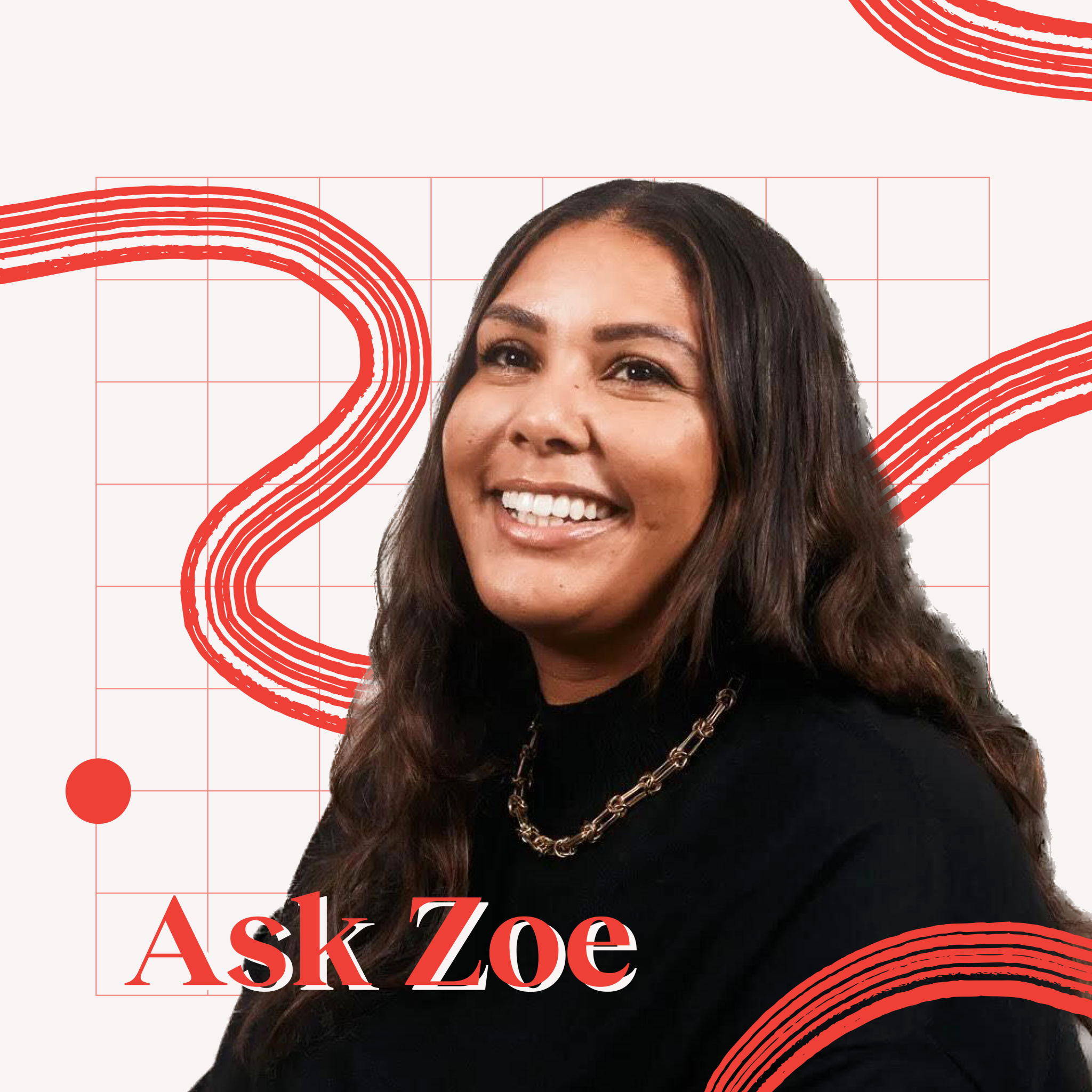After moving back to Europe after living and working in Silicon Valley, Ivan Maryasin — cofounder and CEO of fintech Monite — says he was shocked at how low the quality of talent at startups was compared to across the pond. “It’s no wonder European companies don’t match up to US ones,” he says. “If you don’t get people right, it doesn’t matter how great your product is.”
In our Startup Life newsletter, Ivan said that to win, you have to learn how to identify and attract top talent. Yes, you can open up job descriptions to your wider LinkedIn network, but to get the best of the best, you need to learn how to poach talent from other companies.
Define exactly who you’re looking for
It’s critical — especially in the early days of a company — to look for people who have the experience to solve your specific challenge. Who knows exactly how to do this? Who will help you change the game in this specific area?
Check out the competition
You want to look for talent that has worked for companies who’ve just been on the journey you’re about to embark on. They need to be a few steps ahead of you. A good rule of thumb is to look at scaleups that are somewhere between Series B and D.
Build a relationship with your recruiters, especially if you’re in the C-suite
This is imperative because they are the first contact point a potential employee has with your company. When recruiters see executive-level input in the hiring process, they’re encouraged to work with you as they see that you value them. If they’re excited about you, they’ll get talent excited about you too.
Teach recruiters how to pitch you
They need to be able to explain what you do and make you sound like a serious company. You want them to be able to say "You’re the Uber of X" or "The Airbnb of Y". They should be able to explain what the founding team has done before and which investors have backed you, as well as the talent that has come on board early.
Thoroughly brief recruiters
You should spend between 45 minutes and an hour with them per role:
- Describe the perfect profile to them: what attributes and characteristics do you need for this role?
- Show them a few perfect profiles that would fit the job description.
- Show them companies that would be good to recruit from.
- Explain why certain companies wouldn’t be good to recruit from.
Every week, review the profiles they send through and provide them with feedback. This is how you iterate to make the hiring process work for all parties.
Sell yourself
When hiring someone senior, the first meeting is really important and should be with the founder. Show you’re serious about the role and the talent. The first meeting should be you selling the company to them as a good next career move. You need to excite them enough to want a second chat. Centre them by asking:
- What are you looking to do for the next few years?
- What's your big outlook in life?
- What's the perfect role for you? What do you want to do day to day?
Be optimistic but transparent
Tell them what your company’s challenges are. You will want them to solve these when they join the team — for top talent, it’s exciting to know there are things to fix or solve. They’re not going to want to walk into something "perfect". Expect a high churn in talent if you say everything is perfect and then they come in and see it’s actually a shitshow.
Also, be honest about what you’re like to work with. You can even get your team to tell the candidate what's not so great about working with you.
Put a lot of thought into the hiring process
Once both parties are excited, you need to ensure it’s the right fit:
- Your second chat needs to be more about the role. Bring in the team they’ll be working with. At the end of the day, if it’s a senior role, the team needs to be able to work with and buy into the new leadership.
- Create a take-home case study exercise. This should be a snapshot of the role they’ll actually be doing to determine whether they’re competent for it. For example, if it’s a product role, get them to create a specification for a feature.
On the subject of… snatching talent from other companies
😇 What do you do if you’ve found the perfect person but they currently work elsewhere?
🛑 How do you stop others from poaching your employees?
❓Poaching internally. Should you steal talent from other functions within your company?



